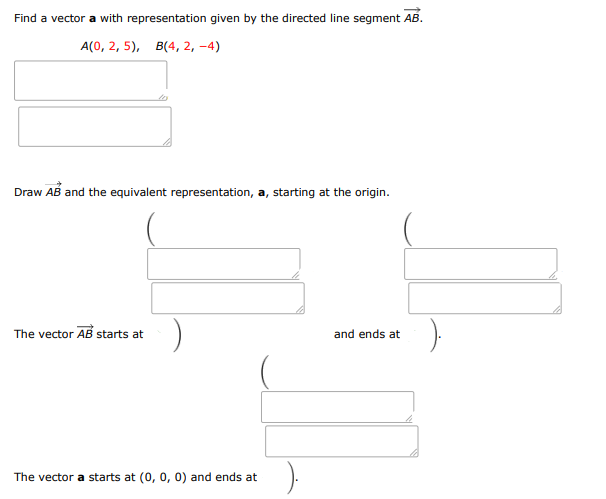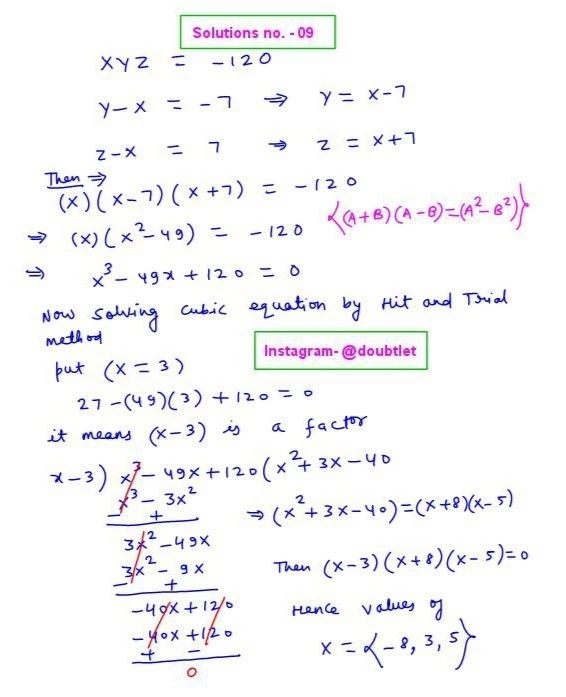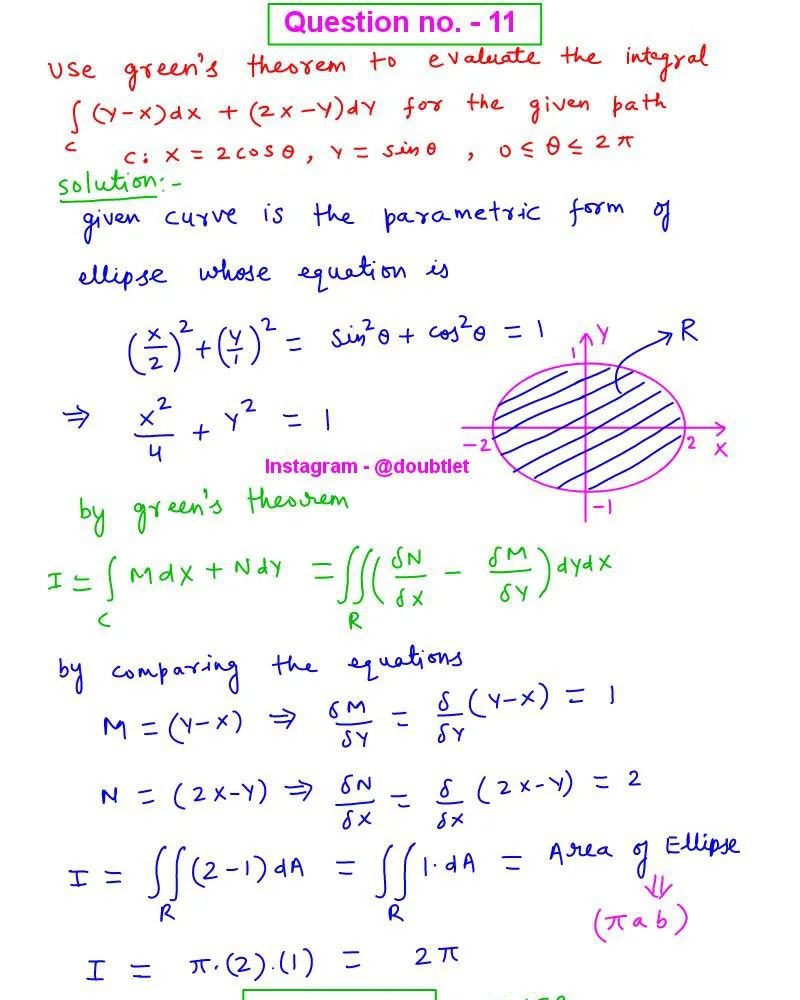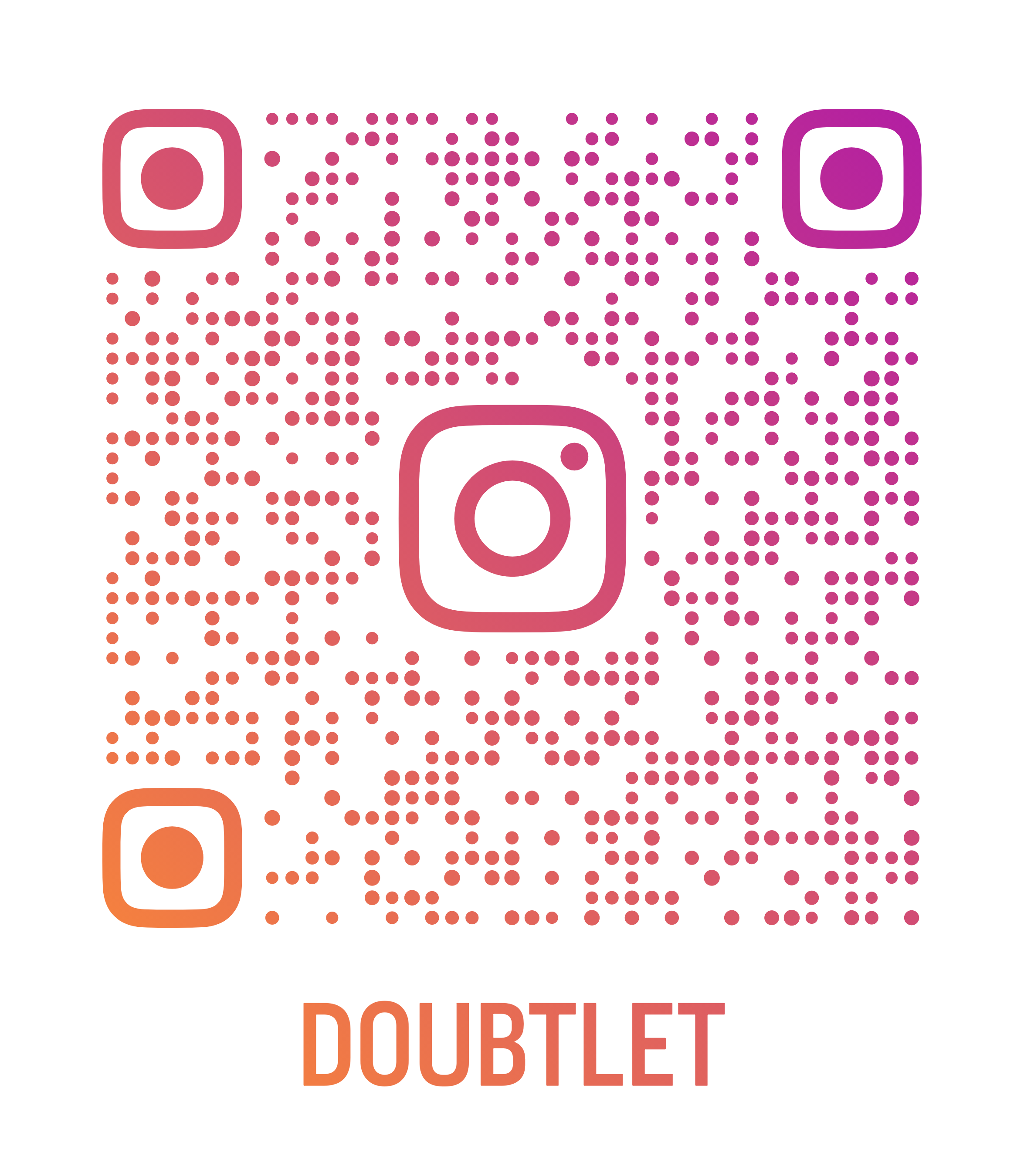









Question :
Find a vector with representation given by the directed line segment : .
draw and the equivalent representation starting at the origin.

Solution:

Neetesh Kumar | December 18, 2024
Calculus Homework Help
This is the solution to Math 1C
Assignment: 12.2 Question Number 3
Contact me if you need help with Homework, Assignments, Tutoring Sessions, or Exams for STEM subjects.
You can see our Testimonials or Vouches from here of the previous works I have done.
Step-by-step solution:
Step 1: Compute the vector :
The vector is calculated using the formula:
where and .
Given:
- ,
- .
Substitute the coordinates into the formula:
Simplify each component:
Step 2: Represent the vector starting at the origin:
The vector starting at the origin and ending at the same direction as is:
-
The vector starts at:
and ends at . -
The vector starts at and ends at:
.
Final Answer:
-
Vector :
-
The vector starts at:
and ends at -
The vector starts at and ends at:
Please comment below if you find any error in this solution.
If this solution helps, then please share this with your friends.
Please subscribe to my Youtube channel for video solutions to similar questions.
Keep Smiling :-)
Comments(0)



Leave a comment